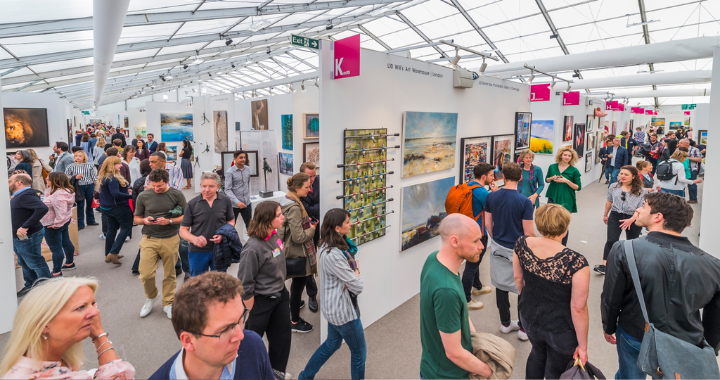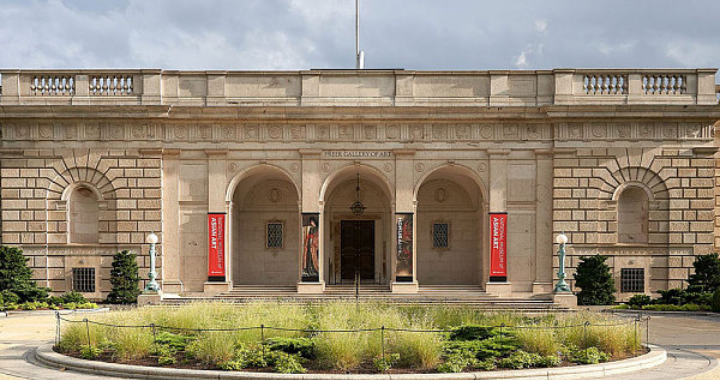
Originally from San Francisco, California, Ashley Crawford is an experienced Asian art valuer and provenance researcher. Her specialties include ceramics, Buddhist antiques, Indian miniature paintings, Southeast Asian art, and musical instruments.
At the School of Oriental and African Studies, University of London, Ashley earned two degrees in Asian art history, both with high distinction. Previously, she earned degrees in musicology at Scripps College and Christ Church, University of Oxford.
Ashley’s professional memberships include the International Society of Appraisers (ISA), the Oriental Ceramic Society, the International Chinese Snuff Bottle Society, and the Art Lawyers Association. She is an Accredited Member of ISA, specializing in Asian art and general personal property. She has been USPAP-compliant since joining the organization in 2021. She is also the chair of ISA’s Antiques, Furnishings, and Decorative Arts Committee and serves on ISA’s annual Conference Committee. In her spare time, she provides and coordinates lectures on valuation practices.
Learn more about Ashley:
What do you enjoy most about valuing items, particularly in your specialty (jewellery, art, etc.)?
I love that valuations are a marriage of academic research and art market analysis. For Asian antiques, the academic side will always be relevant and is crucial to correctly identifying objects. As a trained art historian, I enjoy digging into an archive, conducting provenance research, or writing a catalogue. However, the art market side of the process is also rewarding. This involves determining market trends and helping clients through practical situations. There is really no other career in the art world that requires such a fine balance of the two disciplines! We are also lucky as London-based art valuers that the local resources available allow us to do our very best at both, between the galleries, auction houses, museums, lectures, and libraries.
If you weren’t a valuer, what career do you think you’d be doing?
I have two degrees in musicology and came very close to becoming a musicologist! My research was in early national anthems and music education for blind students. Today, I am still quite involved in disability studies within the art world. Most recently, I wrote my MA dissertation at SOAS, University of London on curatorial universal design, i.e. how to make museum exhibitions more accessible to visitors with sensory disabilities. I also regularly give museum tours for the London-based blindness charity Travel Hands.
What’s a common misconception people have about valuations?
Clients and other arts professionals often have many misconceptions about valuations because the field isn’t standardized, especially internationally. I’d say the most common misconception is the assumption that a valuation is merely a number. While a valuation does include a monetary value, it also includes much more detailed information, without which the number has no substance. When a client receives a proper and thorough valuation, they’re also receiving valuable information about the item’s physical characteristics, historical relevance, condition, provenance, and market research.
Subscribe to our newsletter
Sign up to receive our newsletter and receive the latest updates straight to your inbox.







